Home>Kitchen & Cooking>Kitchen Gadgets & Utensils>What Does A Corkscrew Do
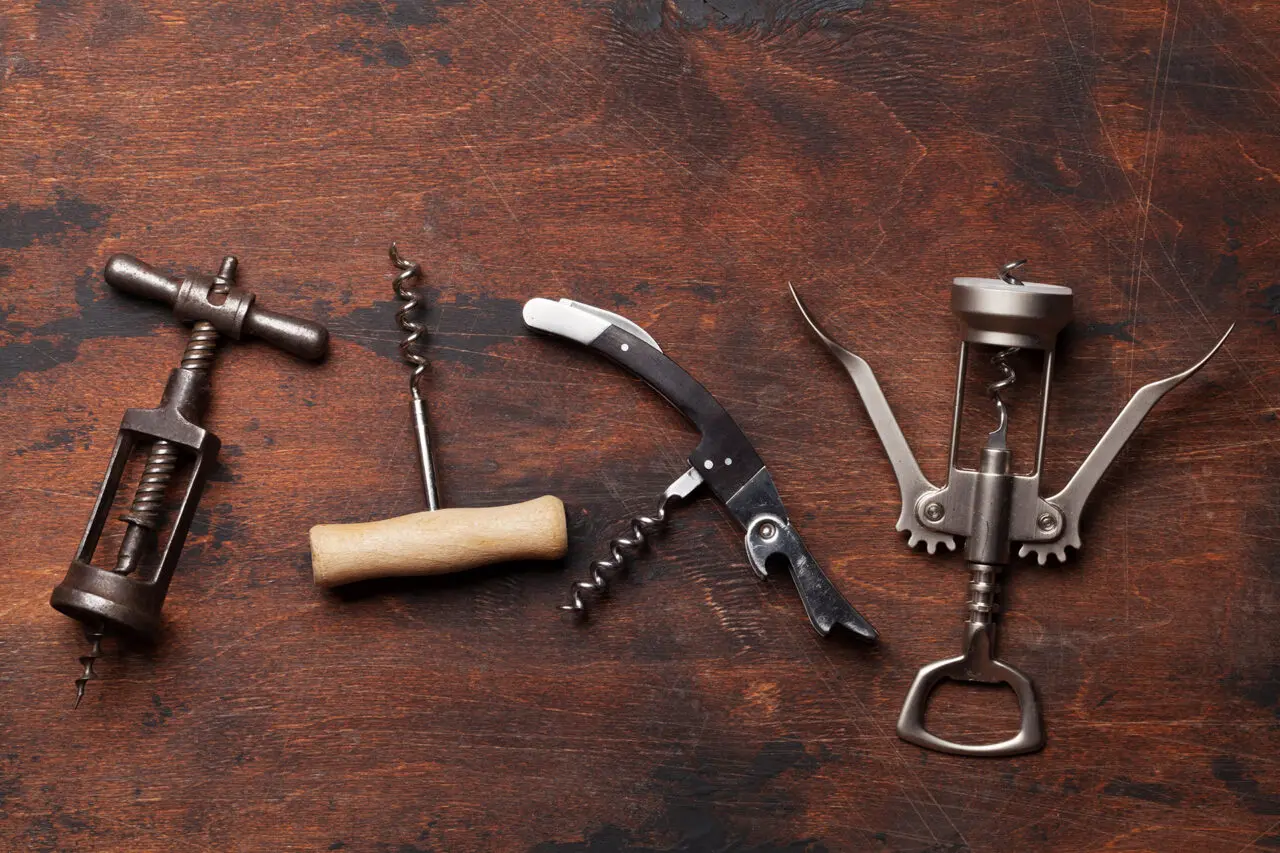

Kitchen Gadgets & Utensils
What Does A Corkscrew Do
Published: February 16, 2024
Discover the versatility of kitchen gadgets and utensils like the corkscrew. Learn how this essential tool can make opening wine bottles a breeze. Unlock the potential of your kitchen with the right utensils.
(Many of the links in this article redirect to a specific reviewed product. Your purchase of these products through affiliate links helps to generate commission for Storables.com, at no extra cost. Learn more)
Introduction
A corkscrew is a humble yet indispensable tool in the world of wine and spirits. It is a simple device designed to extract corks from bottles, allowing us to savor the contents within. Whether you are a wine enthusiast, a casual drinker, or a professional sommelier, the corkscrew is a ubiquitous companion in the realm of beverage enjoyment.
This unassuming tool has a rich history, dating back to the 17th century when the use of cork as a bottle stopper became prevalent. Since then, the corkscrew has evolved in design and functionality, catering to diverse preferences and needs. From traditional waiter's corkscrews to innovative electric models, the market offers a plethora of options to suit every individual's taste and requirements.
The corkscrew's significance extends beyond its practical utility. It symbolizes conviviality, celebration, and the art of uncorking a bottle to share moments of joy and camaraderie. Its presence at social gatherings and intimate dinners adds an element of ritual and anticipation, as the satisfying pop of a cork signals the commencement of an enjoyable experience.
In the following sections, we will delve into the purpose of a corkscrew, explore the various types available, learn how to use this essential tool effectively, and discover valuable tips for selecting the right corkscrew for your needs. Whether you are a novice or a connoisseur, understanding the nuances of this unassuming yet vital instrument will enhance your appreciation of the rituals and pleasures associated with uncorking a bottle.
Key Takeaways:
- A corkscrew is a special tool that helps us open bottles of wine and spirits, allowing us to enjoy the delicious contents inside and adding a sense of excitement to social gatherings and celebrations.
- There are different types of corkscrews, each with its own unique features and benefits. Choosing the right corkscrew can make the experience of opening a bottle even more enjoyable and convenient.
The Purpose of a Corkscrew
The primary purpose of a corkscrew is to effortlessly remove the cork from a bottle, particularly those containing wine or spirits. This seemingly straightforward task holds profound significance in the realm of beverage enjoyment. The corkscrew serves as the gateway to the contents within, unlocking the potential for sensory delight and conviviality.
When a bottle is sealed with a cork, it signifies that its contents are precious and worthy of preservation. The corkscrew, with its simple yet effective design, allows us to access these cherished liquids without compromising their integrity. As the corkscrew penetrates the cork and exerts gentle pressure, it facilitates the release of the seal, enabling us to partake in the flavors and aromas concealed within the bottle.
Moreover, the act of using a corkscrew embodies a sense of tradition and ritual. Whether in a bustling restaurant, a cozy home, or a picturesque vineyard, the sound of a cork being extracted evokes anticipation and excitement. It marks the beginning of an experience, whether it's a romantic dinner, a festive celebration, or a casual gathering among friends.
Beyond its practical function, the corkscrew symbolizes the art of uncorking, a skill that has been refined and celebrated for centuries. It embodies the essence of hospitality and conviviality, as it enables hosts to graciously offer their guests a taste of something special. In the hands of a sommelier, the corkscrew becomes a tool of expertise and finesse, adding an element of theater to the wine service.
In essence, the purpose of a corkscrew transcends its mechanical role. It embodies the anticipation of discovery, the preservation of tradition, and the facilitation of shared experiences. Whether in the hands of a seasoned enthusiast or a casual imbiber, the corkscrew stands as a humble yet indispensable instrument, enriching the rituals and pleasures associated with uncorking a bottle.
Types of Corkscrews
Corkscrews come in a variety of designs, each catering to different preferences, needs, and levels of expertise. Understanding the distinct types of corkscrews can empower individuals to select the most suitable tool for their specific requirements. Here are some common types of corkscrews:
-
Waiter's Corkscrew: Also known as a sommelier's corkscrew, this compact and versatile tool is favored by professionals and enthusiasts alike. It typically features a folding design, incorporating a worm, a lever, and a small knife for cutting the foil. The ergonomic and portable nature of the waiter's corkscrew makes it ideal for use in restaurants, picnics, and travel.
-
Wing Corkscrew: Recognizable by its two hinged levers or "wings," this corkscrew is popular for its user-friendly operation. By simply twisting the corkscrew into the cork and then raising the levers, the cork is effortlessly extracted. The wing corkscrew is often favored for its ease of use, making it a practical choice for casual wine enthusiasts.
-
Lever Corkscrew: Also known as a rabbit corkscrew, this type utilizes a lever mechanism to extract corks with minimal effort. By clamping the corkscrew onto the bottle and then pulling the lever, the cork is smoothly removed. The lever corkscrew is lauded for its efficiency and is particularly suitable for individuals seeking a straightforward and swift uncorking process.
-
Electric Corkscrew: Embracing modern technology, electric corkscrews offer a convenient and effortless way to open bottles. With the press of a button, the electric corkscrew automatically drills into the cork and extracts it, making it an excellent choice for those with limited hand strength or dexterity challenges.
-
Ah-So Corkscrew: This unique corkscrew, also known as a two-pronged or butler's corkscrew, features two thin metal prongs that slide down the sides of the cork. By gently rocking and twisting the ah-so corkscrew, the cork is delicately loosened and extracted without piercing it. This method is favored for vintage or fragile corks, as it minimizes the risk of breakage.
-
Twist Corkscrew: The twist corkscrew, often referred to as a T-shaped corkscrew, is a straightforward and traditional design. It involves twisting the corkscrew into the cork and then pulling it out manually. This classic approach appeals to those who appreciate simplicity and a tactile uncorking experience.
Understanding the characteristics and functionalities of these diverse corkscrew types empowers individuals to make informed choices based on their preferences, occasions, and specific needs. Whether seeking portability, ease of use, or technological innovation, the array of corkscrew options ensures that there is a suitable tool for every wine and spirits enthusiast.
How to Use a Corkscrew
Using a corkscrew may seem straightforward, but mastering the technique ensures a smooth and successful uncorking experience. Here's a step-by-step guide on how to use a traditional waiter's corkscrew, one of the most widely used and versatile corkscrew designs:
-
Prepare the Bottle: Begin by removing the foil or capsule covering the cork. Many corkscrews feature a small knife or foil cutter specifically for this purpose. Gently score the foil just below the lip of the bottle, then remove the foil to expose the cork.
-
Position the Worm: Extend the worm, or spiral, from the corkscrew. Position the tip of the worm at the center of the cork, ensuring it is aligned straight and perpendicular to the cork's surface.
-
Insert the Worm: With a firm grip on the bottle, gently twist the corkscrew's handle while applying slight downward pressure. The worm should gradually penetrate the cork as it is twisted. Be cautious not to push the worm entirely through the cork, as this may cause it to crumble upon extraction.
-
Leverage the Cork: Once the worm is securely embedded in the cork, engage the lever on the corkscrew. As the lever is raised, it will gradually lift the cork from the bottle. Maintain a steady and controlled motion to prevent the cork from breaking or crumbling.
-
Complete the Extraction: Continue raising the lever until the cork is nearly removed. At this point, you can gently pull the cork the rest of the way by hand, ensuring a smooth and controlled extraction.
-
Enjoy the Contents: With the cork successfully removed, the bottle's contents are now accessible for pouring and savoring. Take a moment to appreciate the aromas wafting from the bottle before indulging in the beverage within.
It's important to note that while the above steps outline the usage of a traditional waiter's corkscrew, the process may vary slightly for other corkscrew designs. For instance, a wing corkscrew requires twisting the entire corkscrew into the cork before raising the wings to extract the cork. Similarly, an electric corkscrew simply involves pressing a button to initiate the cork extraction process.
Mastering the art of using a corkscrew not only ensures a seamless uncorking experience but also adds a touch of finesse to the ritual of opening a bottle. Whether it's a casual gathering or a formal occasion, the ability to deftly and confidently use a corkscrew enhances the enjoyment of sharing and savoring bottled beverages.
Tips for Choosing the Right Corkscrew
When selecting a corkscrew, it's essential to consider various factors to ensure that the chosen tool aligns with your preferences, needs, and level of expertise. Here are valuable tips to guide you in choosing the right corkscrew:
Read more: Who Invented The Corkscrew
Consider Your Usage Scenarios
- Frequency of Use: If you frequently enjoy wine or host gatherings, investing in a durable and versatile corkscrew is advisable. For occasional use, a simpler and more affordable option may suffice.
- Portability: If you often travel or enjoy picnics, a compact and portable corkscrew, such as a waiter's corkscrew, is an excellent choice due to its convenience and ease of transport.
Evaluate Your Comfort and Dexterity
- Ergonomics: Consider the design and handle of the corkscrew. For individuals with hand strength or dexterity concerns, an electric corkscrew or a lever-style corkscrew may offer a more effortless uncorking experience.
- User-Friendly Features: Look for corkscrews with features such as non-slip grips and smooth, easy-to-operate mechanisms, ensuring a comfortable and secure grip during use.
Assess the Bottle Types You Encounter
- Cork Types: If you frequently encounter older or fragile corks, an ah-so corkscrew, known for its gentle extraction method, may be suitable to minimize the risk of cork breakage.
- Consistency of Bottle Types: Consider the variety of bottles you typically open. Some corkscrews are designed to accommodate different bottle neck sizes and cork materials, offering versatility for diverse beverage selections.
Factor in Aesthetics and Personal Preferences
- Aesthetic Appeal: Some individuals appreciate corkscrews with stylish designs or personalized elements, adding a touch of elegance to the uncorking ritual.
- Material and Finish: Consider the material and finish of the corkscrew, as it can contribute to the overall tactile and visual experience. Stainless steel, for example, offers durability and a sleek appearance.
Read more: How To Use A Pocket Corkscrew
Seek Quality and Reliability
- Durability: Look for corkscrews constructed from high-quality materials, as they are likely to withstand frequent use and maintain their functionality over time.
- Brand Reputation: Research reputable brands known for producing reliable and well-crafted corkscrews, ensuring that your chosen tool is backed by a history of customer satisfaction and quality craftsmanship.
By considering these tips, you can make an informed decision when selecting a corkscrew, ensuring that it aligns with your specific needs, preferences, and the occasions for which you intend to use it. Whether prioritizing portability, ease of use, or aesthetic appeal, the right corkscrew enhances the uncorking experience, adding a touch of sophistication to the enjoyment of bottled beverages.
Conclusion
In conclusion, the corkscrew stands as a venerable tool that transcends its utilitarian function, embodying tradition, conviviality, and the art of uncorking. From the humble twist corkscrew to the innovative electric models, the diverse array of corkscrew designs caters to a spectrum of preferences and needs, enriching the experience of accessing bottled beverages. The act of using a corkscrew symbolizes the anticipation of discovery, the preservation of tradition, and the facilitation of shared experiences, making it an integral part of the ritual of uncorking a bottle.
The significance of the corkscrew extends beyond its mechanical role, resonating with enthusiasts, sommeliers, and casual drinkers alike. Its presence at social gatherings and intimate dinners adds an element of ritual and anticipation, as the satisfying pop of a cork signals the commencement of an enjoyable experience. Whether in the hands of a seasoned enthusiast or a casual imbiber, the corkscrew stands as a humble yet indispensable instrument, enriching the rituals and pleasures associated with uncorking a bottle.
As we navigate the world of corkscrews, understanding the nuances of this unassuming yet vital instrument enhances our appreciation of the rituals and pleasures associated with uncorking a bottle. Whether it's the portability of a waiter's corkscrew, the user-friendly operation of a wing corkscrew, or the convenience of an electric corkscrew, each design offers a unique approach to the timeless act of uncorking. Mastering the art of using a corkscrew not only ensures a seamless uncorking experience but also adds a touch of finesse to the ritual of opening a bottle.
In essence, the corkscrew serves as a bridge between anticipation and fulfillment, tradition and innovation, and the preservation of the past and the embrace of the present. Its enduring presence in the world of wine and spirits reflects the timeless appeal of uncorking a bottle, inviting us to savor the contents within and create cherished moments of conviviality and celebration. Whether selecting the right corkscrew, mastering its usage, or simply relishing the act of uncorking, the corkscrew remains an essential companion in the delightful journey of enjoying bottled beverages.
Frequently Asked Questions about What Does A Corkscrew Do
Was this page helpful?
At Storables.com, we guarantee accurate and reliable information. Our content, validated by Expert Board Contributors, is crafted following stringent Editorial Policies. We're committed to providing you with well-researched, expert-backed insights for all your informational needs.




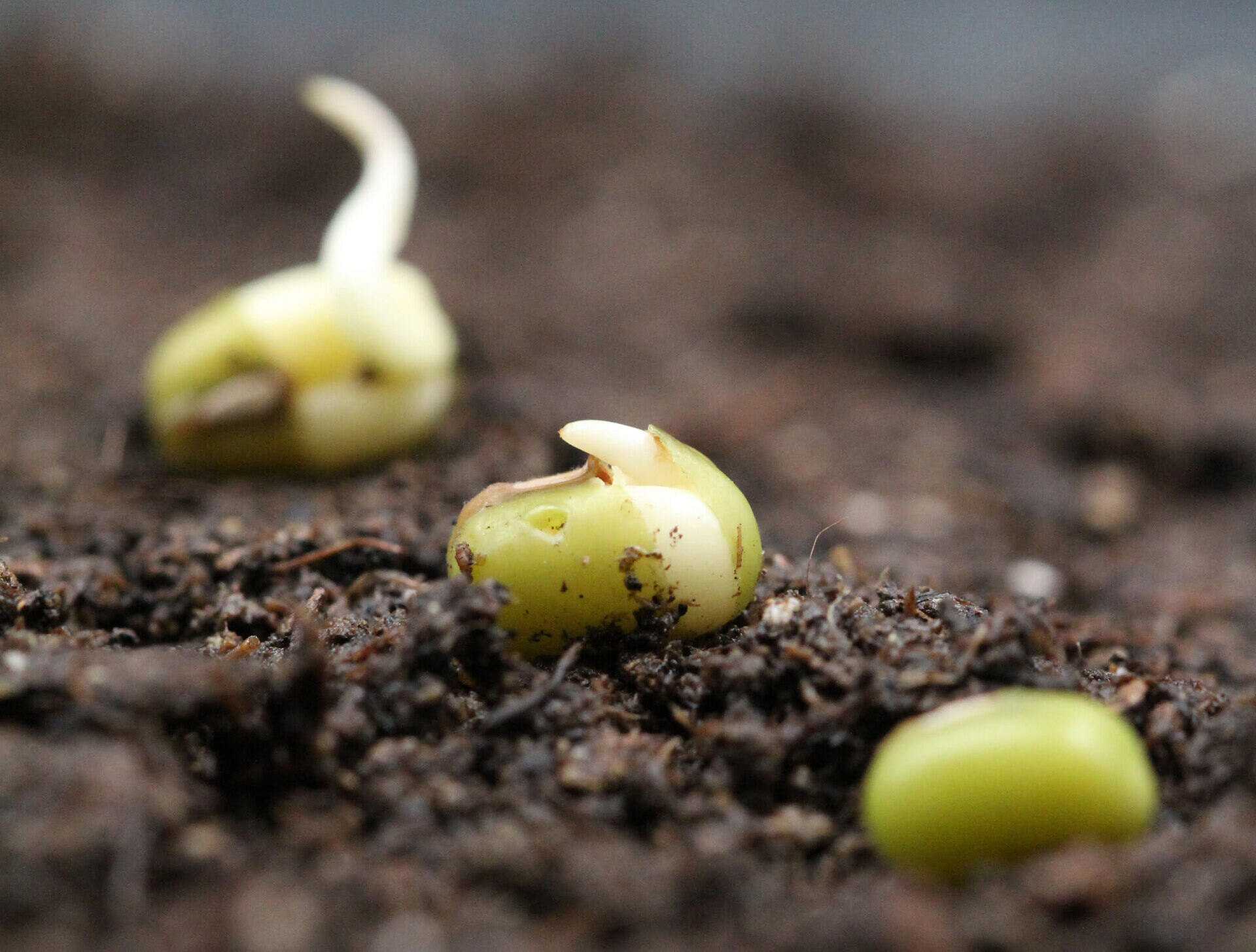

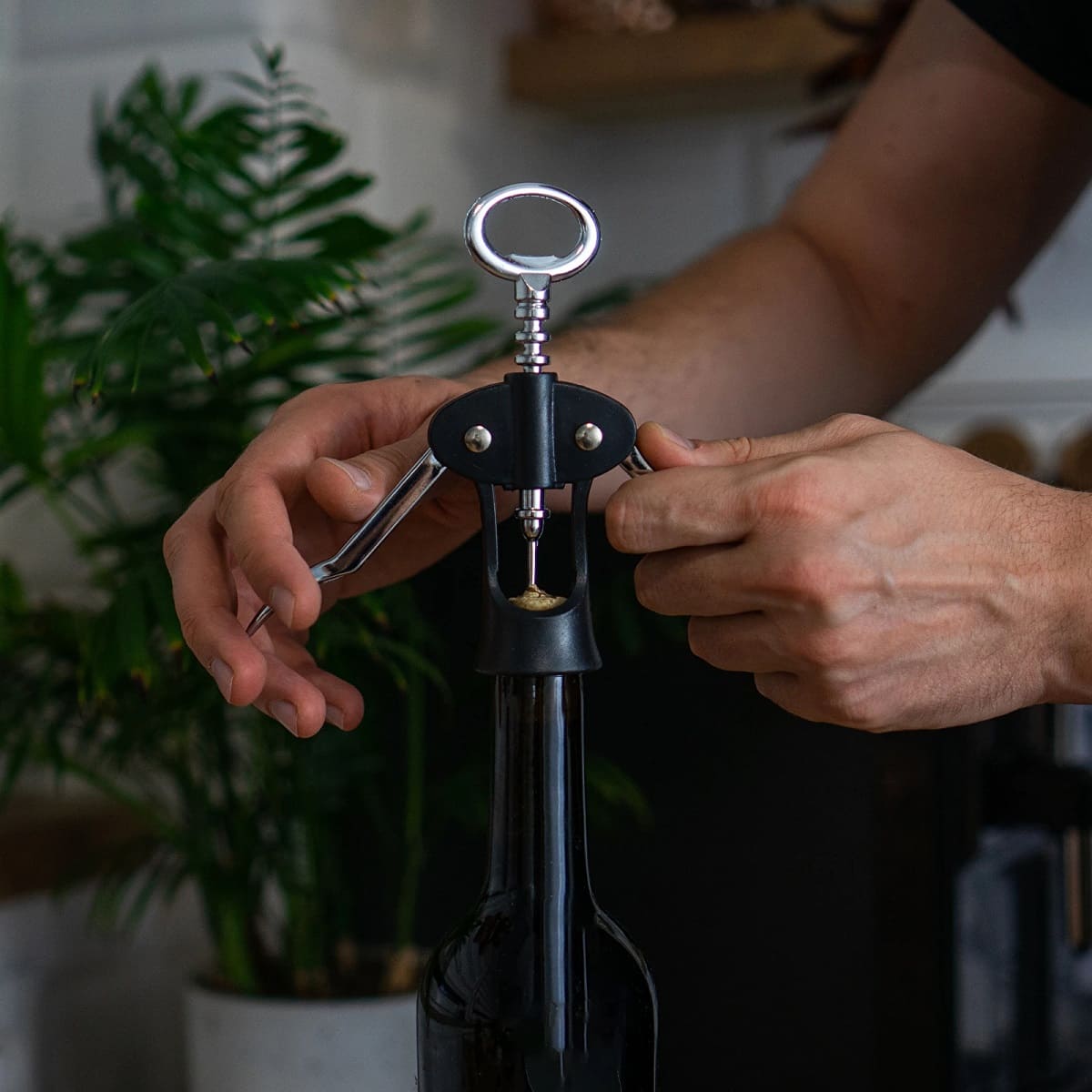


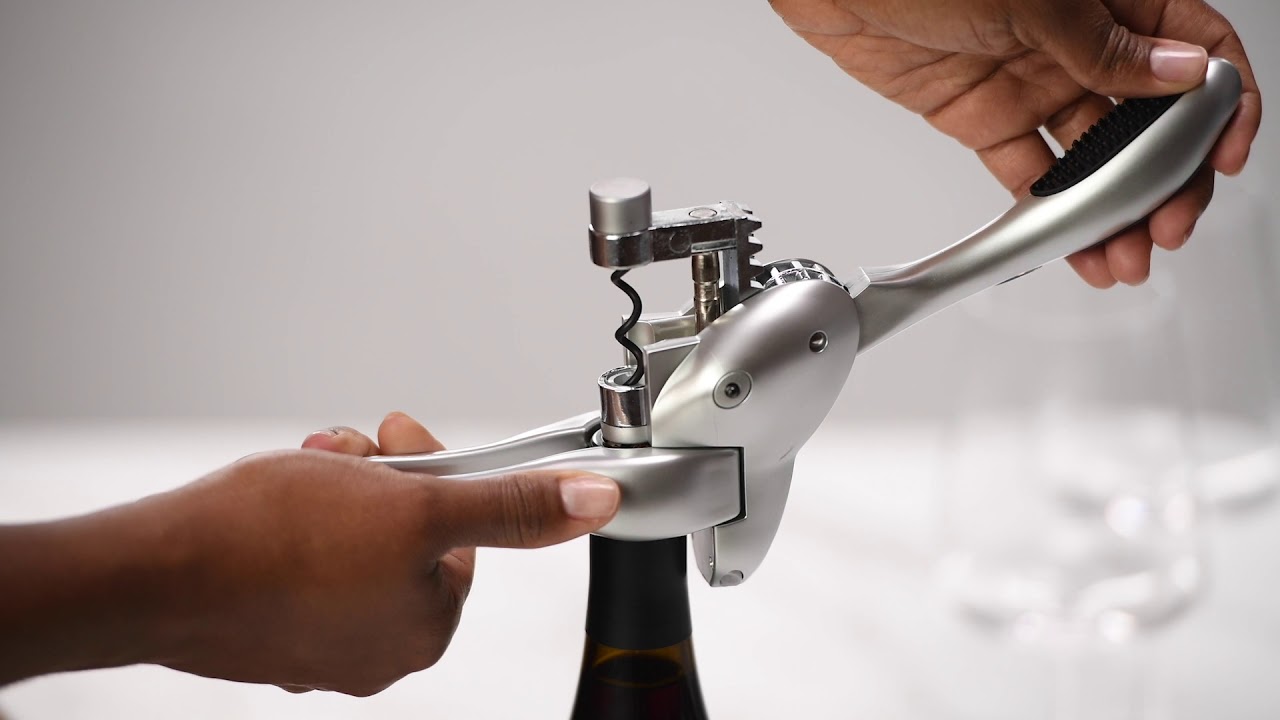
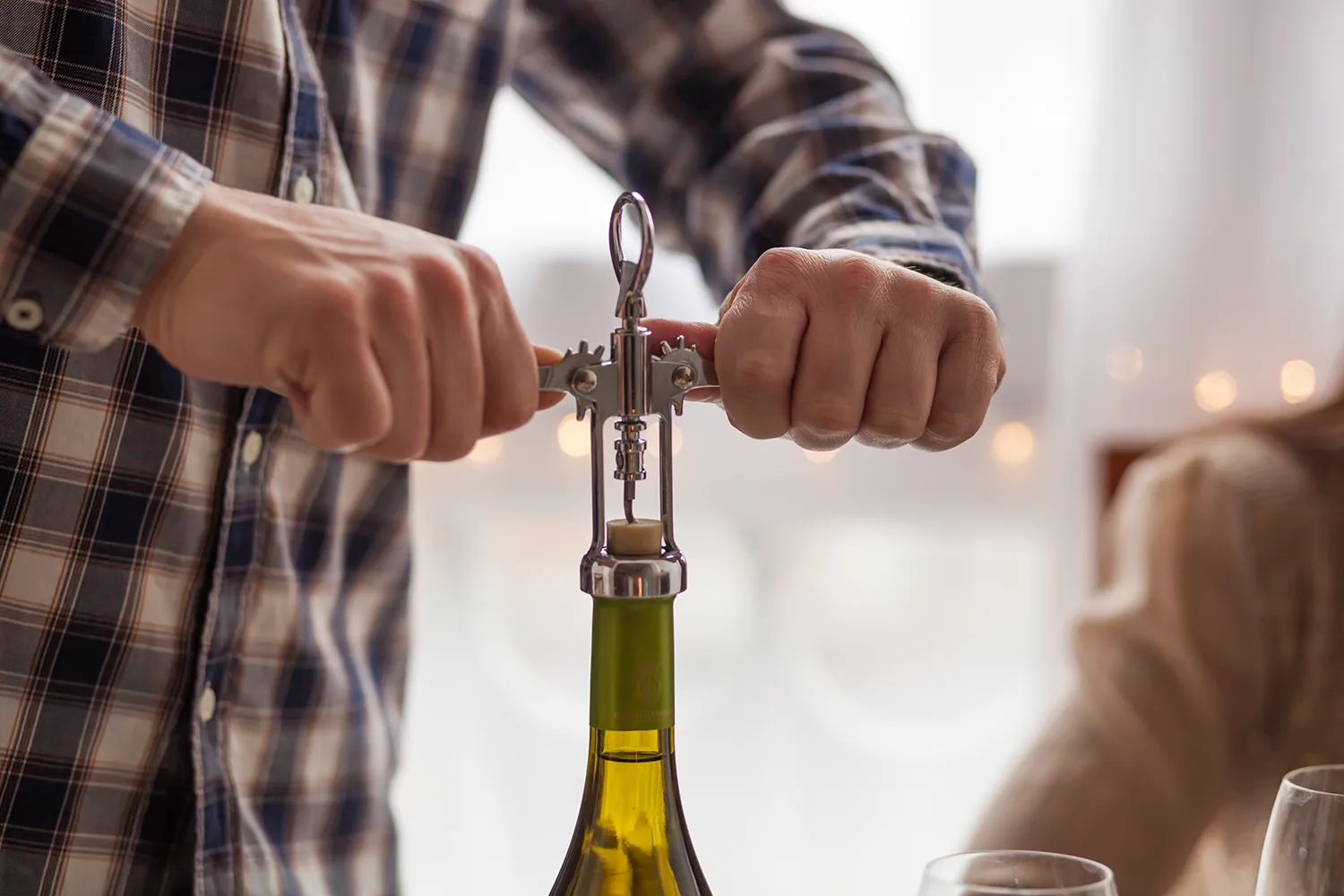

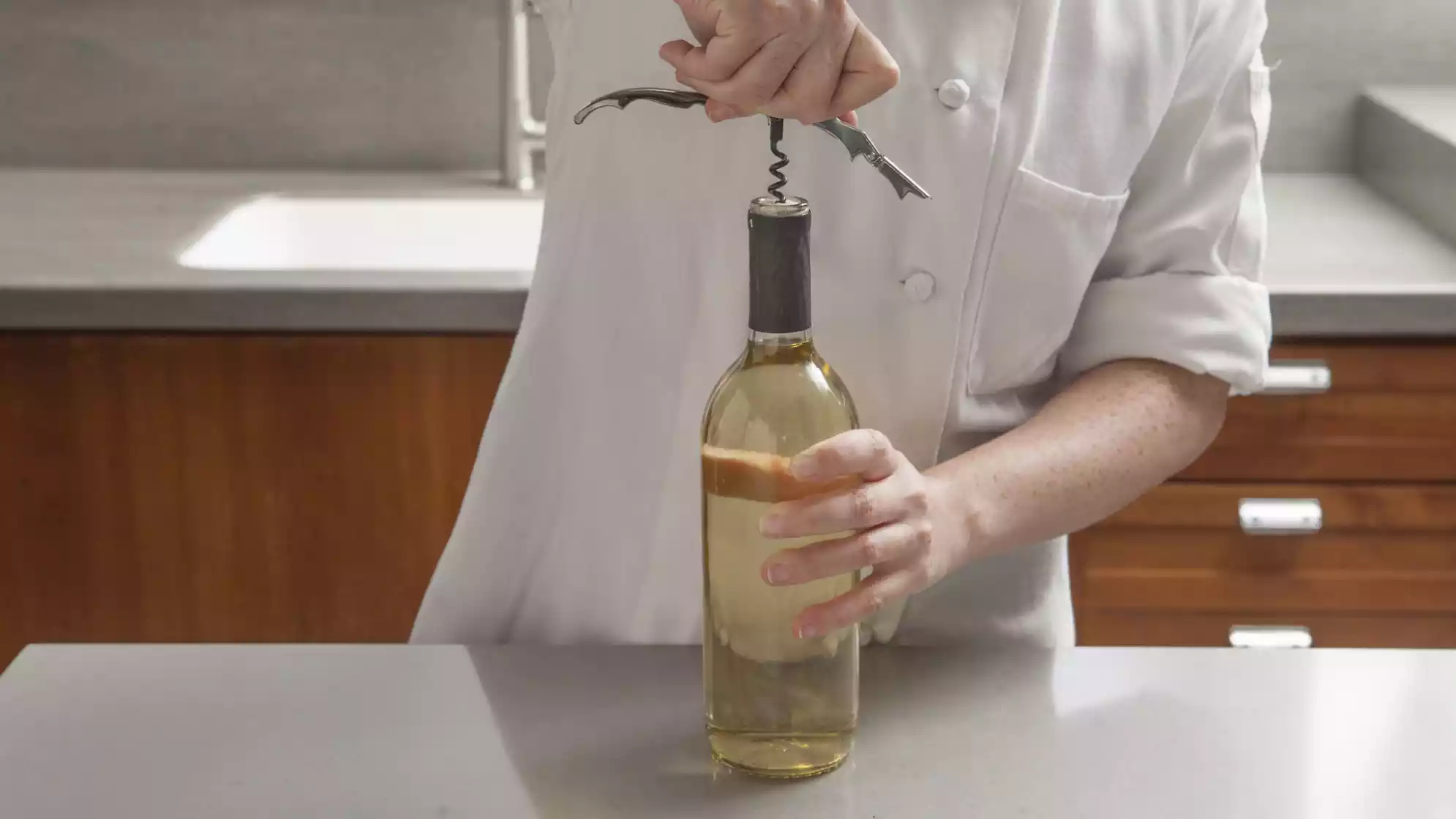

0 thoughts on “What Does A Corkscrew Do”